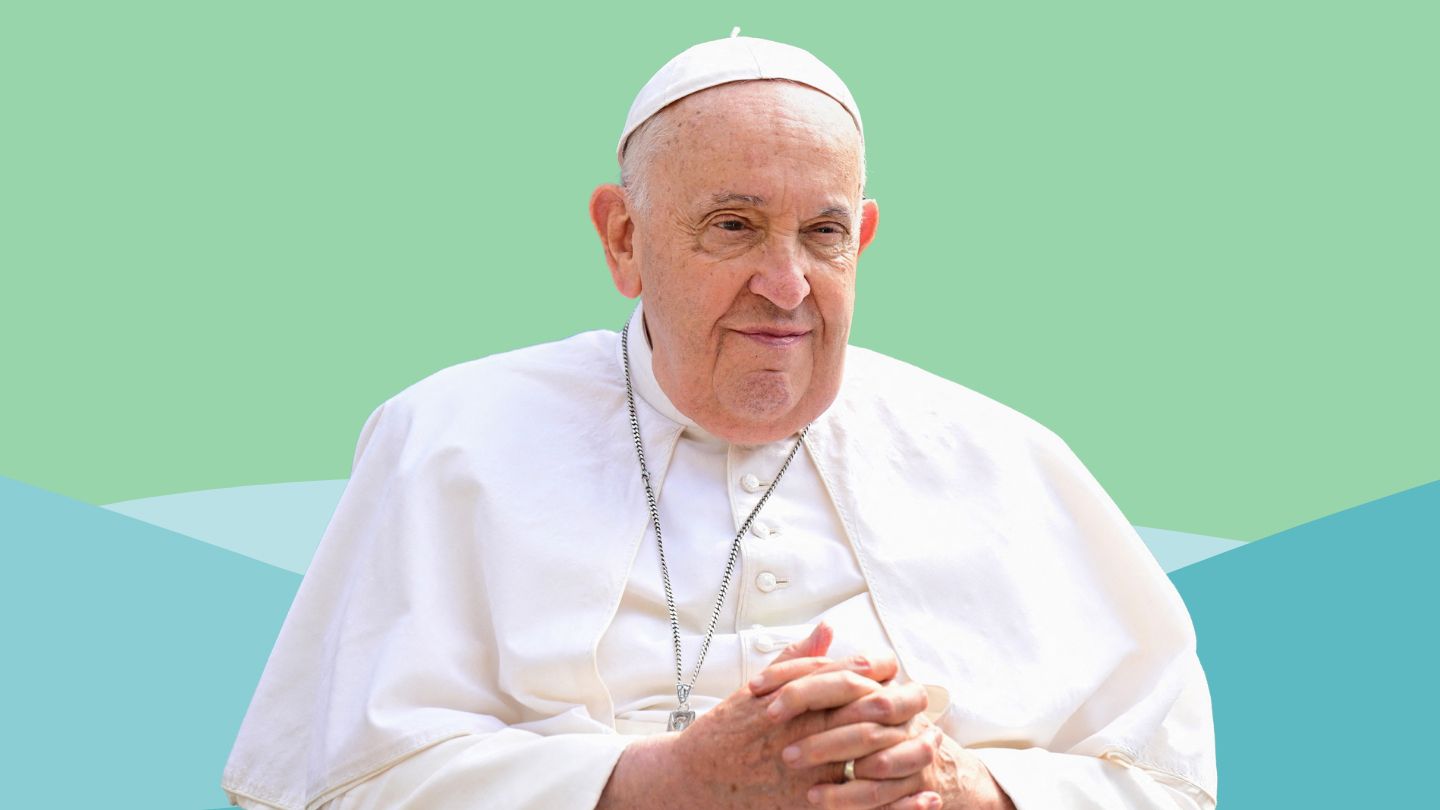What Is Double Pneumonia?
Common causes of pneumonia include seasonal flu, COVID-19, and pneumococcal disease. Symptoms can include difficulty breathing, fever, and a cough with yellow, green, or bloody mucus. Older adults may also experience symptoms like a sudden change in mental state, appetite loss, and fatigue.
“Pneumonia is a serious infection that can be life-threatening,” says Meredith McCormack, MD, an associate professor and the director of pulmonary and critical care medicine at Johns Hopkins University in Baltimore.
“Older age is a risk factor,” Dr. McCormack says. “We often think of over 65 years as a high-risk group, but each year of age adds additional risk of more serious infection.”
What Is a Polymicrobial Respiratory Infection?
A polymicrobial respiratory infection could mean the patient has more than one type of bacteria in the respiratory tract, or that the patient has a respiratory virus in addition to at least one type of bacteria in the lungs, says Peter Chin-Hong, MD, a professor and an infectious disease specialist at the University of California in San Francisco.
“Having more than one organism diagnosed is not dangerous per se, as long as the patient is being adequately treated with the right antibiotics or antivirals, started in a timely fashion,” Dr. Chin-Hong says.
“One notorious polymicrobial combination is influenza followed by a bacterial infection like Streptococcus pneumoniae — the most common bacterial cause of pneumonia — or Staph aureus,” Chin-Hong says.
The Vatican did not disclose the exact mix of organisms involved in the pope’s polymicrobial respiratory infection.
How Is Double Pneumonia Treated?
“Antibiotics or antiviral medications are the mainstay of treatment,” McCormack says. “Sometimes we use inhalers or steroids, especially in patients who have a history of asthma or chronic lung disease.”
When pneumonia is so severe that people need to be hospitalized, they may receive intravenous fluids or antibiotics, oxygen therapy, or other breathing treatments, according to the American Lung Association.
“Supportive therapy is important and can include giving supplemental oxygen or even life support when people get very sick,” McCormack says.
Read the full article here




